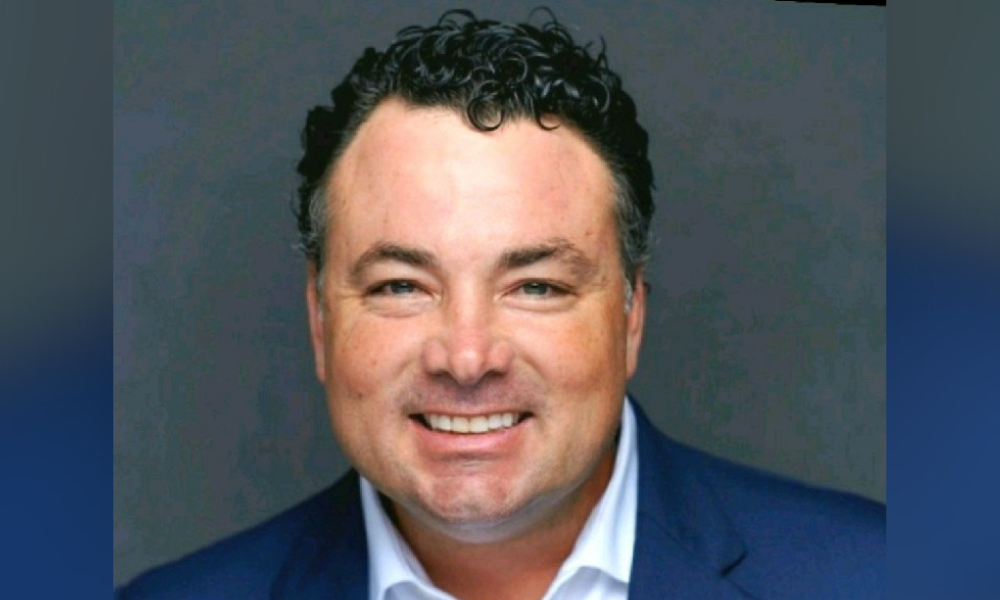It grows its customer base with webinars and loan products

Non-QM loans have become the darling of the mortgage industry, performing well even as the market went sideways last year. But to truly capitalize on the product, finding potential customers outside of the mainstream is key.
Tom Davis (pictured), chief sales officer for Deephaven Mortgage, heads up efforts to make the product more appealing to a broader audience. In a recent interview with Mortgage Professional America, he detailed how the lender is going about identifying potential customers for the non-qualified mortgages that historically are targeted at borrowers not meeting the requirements of standard loan programs.
As such, Deephaven is poised to continue its efforts to market the product with unique income streams – a strategy that paid off handsomely for the company during 2023.
A laser focus on the year ahead
“Right now, we’re currently focusing on 2024 planning, not just for us but reaching out to our clients,” Davis told MPA. “We’re trying to understand their business plans and how non-agency fits that. And if they don’t have a plan, we help them build one out and try to give them advice to help them build a plan for 2024.”
Efforts to identify potential non-QM customers also take on a more organic, grassroots approach, Davis said. For instance, Davis noted, the company last year organized a series of webinars, some of which were attended by up to 200 people at once.
Appropriately titled the Deep Dive Webinar Series, many of those presentations last year catered to a veritable who’s who of the mortgage industry, including the pricing engine LoanNEX, the National Association of Home Builders, Corelogic, and the Mortgage Bankers Association (MBA) – “just to create awareness in the market and keep our customers up to date in these challenging times,” Davis added.
“We’re trying to understand their business plans and how non-agency fits that,” Davis said. “And if they don’t have a plan, we help them build one out and try to give the advice. So we help them build a plan for 2024.”
Invariably, Deephaven’s customers express their gratitude for the educational outreach as it relates to non-QM, Davis said. “And they appreciate that because they take that knowledge, use it and go back to their clients and not only give them updates on the overall non-QM space but it sets them apart and differentiates them.”
Equity Advantage
In buttressing those outreach efforts, the company rolled out Equity Advantage, its stand-alone second mortgage product. The loan allows borrowers to get cash and keep their first lien interest rate – some of which were secured at historically lows of around 3% levels offered at the peak of the COVID-19 pandemic. Deephaven touts the product as ideally suited for those wanting to consolidate debt, renovate their home, fund a business, or other uses. In lieu of returns, self-employed borrowers are able to submit personal or business bank statements.
“There’s tons of people that are in lower rates than the current market, even though the market has improved,” Davis said. “I think the lowest a 30-year went was under 3%, maybe 2.75%. I’m under the 3% rate on my mortgage, but there are a lot of folks that are in the 3%, 4%.”
Some have described those borrowers as being in so-called “golden handcuffs,” – unwilling to buy another home only to lose such low, locked-in rates. They’re captive, to be sure, but that low rate surely takes the sting out of those figurative shackles.
“Let’s say you have a $500,000, $600,000 or $400,000 mortgage and you need $50,000 to pay off your credit card, car loan, maybe some student debt,” Davis explained in describing the Equity Advantage product. “Those three things, if you pay off with that $50,000, deducts your monthly expense by, let’s call it, $500 or $600. It doesn’t make financial sense to refinance your first out of the four and take $50,000 out because your payment is going to be higher. But if you take a second lien, you consolidate all that debt, the first stays in place and you use the second lien.”
The product is, in effect, a sign of the times: “This is like a band-aid loan because if the rate comes down, it would make economic sense to pay the first and the second,” he said. “Today, it doesn’t make sense depending on your rate and your balance.”
To really hone in on the finances, Deephaven has a specially built calculator. “We have a calculator that will take your interest rate and payment and you can put the second lien in with that rate,” Davis explained. “When you run the tools, it will tell you based on the economics what makes sense. Should you do a refi and pay off the debt? Or get a second lien?”
While non-QM seems the order of the day now, it is hard to forget the seven-month period between spring 2020 and the end of 2021 that saw stunning levels of refinancing. The Federal Reserve of New York estimates some 14 million homeowners chose to refinance their home loans during that time – a level equal to about one-third of all outstanding mortgage balances.
Refis were low-hanging fruit for brokers – some have said it was already on the ground for even easier pickings. Finding borrowers for non-QM – the latest mortgage darling – may require a little more effort, but it’s clearly yielding fruit for Deephaven.
Want to make your inbox flourish with mortgage-focused news content? Get exclusive interviews, breaking news, industry events in your inbox, and always be the first to know by subscribing to our FREE daily newsletter.



